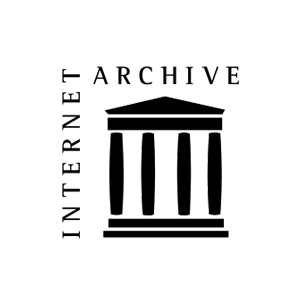Review Article
Dentistry and Pharmaceutical Science: An Evolving Synergy for Oral Health Optimization
- Dr. Ashish Pandey
Corresponding author: Dr. Ashish Pandey
Volume: 1
Issue: 11
Article Information
Article Type : Review Article
Citation : Ashish Pandey, Dentistry and Pharmaceutical Science: An Evolving Synergy for Oral Health Optimization. Journal of Medical and Clinical Case Reports 1(11). https://doi.org/10.61615/JMCCR/2024/OCT027141002
Copyright: © 2024 Ashish Pandey. This is an open-access article distributed under the terms of the Creative Commons Attribution License, which permits unrestricted use, distribution, and reproduction in any medium, provided the original author and source are credited.
DOI: https://doi.org/10.61615/JMCCR/2024/OCT027141002
Publication History
Received Date
14 Sep ,2024
Accepted Date
26 Sep ,2024
Published Date
01 Oct ,2024
Abstract
Pharmaceutical science and dentistry have experienced a rapid intersection over the past few decades, resulting in innovative treatment modalities for the prevention, diagnosis, and management of oral diseases. The integration of pharmacological agents into dental care has enhanced therapeutic outcomes, minimized adverse effects, and expanded the scope of dental treatments. The development of specialized drug delivery systems, regenerative treatments, and antimicrobial agents has empowered dentists to address oral health challenges more effectively. This article explores the current state of pharmaceutical applications in dentistry, with an emphasis on novel therapeutic agents, bioactive materials, and the latest advancements that shape patient care. Recent innovations, including localized drug delivery systems, nanotechnology, and pharmaceutical bioengineering, are evaluated for their clinical significance and future potential. This synergistic approach between dental science and pharmacology aims to elevate the standard of oral healthcare and optimize patient outcomes.
Keywords
Pharmaceutical science, dentistry, oral health, drug delivery systems, nanotechnology, bioactive materials, antimicrobial agents.
►Dentistry and Pharmaceutical Science: An Evolving Synergy for Oral Health Optimization
Ashish Pandey1*
1Sr. Professor & Head, Daswani Dental College, Affiliated with Rajasthan University of Health Sciences, Jaipur, India.
Introduction
The symbiosis between dentistry and pharmaceutical science has evolved considerably, reshaping oral healthcare in profound ways. Historically, dentistry relied heavily on mechanical methods to address oral pathologies, such as caries, periodontal disease, and infections. However, the inclusion of pharmaceutical advancements has significantly broadened the therapeutic arsenal available to dental practitioners. The use of pharmaceutical agents in dentistry ranges from pain management and antibiotic therapy to more advanced applications like tissue regeneration and site-specific drug delivery.
In recent years, pharmacology's contributions to dentistry have moved beyond symptom management to disease prevention and treatment. For instance, the development of bioactive materials, such as glass ionomer cement loaded with antimicrobial agents, has created restorative solutions with therapeutic potential. Likewise, the advent of nanotechnology in drug delivery systems has opened new frontiers in the localized treatment of oral diseases, reducing systemic side effects and improving patient compliance [1].
Despite these advancements, the full potential of pharmaceutical science in dentistry remains underexplored. This article examines the latest trends and breakthroughs in this interdisciplinary field, highlighting emerging technologies, such as biopharmaceuticals, regenerative dentistry, and antimicrobial nanomaterials. These innovations are poised to revolutionize the future of dental care, addressing longstanding challenges in oral disease management and prevention.
Pharmaceuticals in Oral Health: A Broad Spectrum
Pharmaceutical interventions in dentistry primarily address pain control, infection management, and the promotion of healing. Traditional systemic medications, such as antibiotics and analgesics, have been indispensable in managing acute and chronic conditions in dental practice [2]. However, systemic drug administration often leads to side effects, drug interactions, and patient non-compliance. In response, the focus has shifted towards local drug delivery systems, allowing for targeted treatment of oral pathologies. These systems minimize systemic absorption, thus reducing side effects while maximizing therapeutic efficacy [3].
One example of localized treatment is the use of chlorhexidine chips or doxycycline gel in periodontal pockets. These controlled-release systems deliver high concentrations of antimicrobial agents directly to the site of infection, enhancing the efficacy of periodontal therapy. Similarly, mucoadhesive patches and films impregnated with analgesics and anti-inflammatory agents offer prolonged relief for conditions such as aphthous ulcers and postoperative pain [4].
Beyond infection control and pain management, pharmaceuticals are increasingly used in regenerative dentistry. Growth factors, such as platelet-derived growth factor (PDGF) and bone morphogenetic proteins (BMPs), have demonstrated success in promoting the healing of soft tissues and bone regeneration following tooth extraction or periodontal surgery. These biologically active molecules stimulate cellular proliferation and differentiation, accelerating the body's natural healing processes [5].
Nanotechnology in Dentistry: A Breakthrough in Drug Delivery
Nanotechnology has emerged as a promising frontier in pharmaceutical science, with significant implications for dentistry. Nanoscale drug delivery systems can improve the precision and efficiency of therapeutic agents, enhancing their bioavailability and reducing undesirable side effects. Nano-based materials, such as nanoparticles, nanospheres, and liposomes, have been engineered to deliver drugs directly to target tissues, offering a controlled and sustained release of active ingredients [6].
In the context of oral health, nanotechnology has been applied to the development of antimicrobial coatings for dental implants, fillings, and prostheses. These coatings release antimicrobial agents in a controlled manner, preventing bacterial colonization and reducing the risk of peri-implantitis and other infections. Additionally, nanoparticle formulations of calcium and fluoride have been integrated into restorative materials to enhance remineralization and protect against caries [7].
Recent studies have also explored the potential of nano-sized vesicles to carry therapeutic agents directly to cancerous lesions in oral squamous cell carcinoma, minimizing damage to surrounding healthy tissues. These advancements in precision medicine exemplify the transformative impact of nanotechnology on both the pharmaceutical and dental fields [8].
Biopharmaceuticals in Dentistry: Revolutionizing Regenerative Care
The field of regenerative dentistry is undergoing a paradigm shift with the integration of biopharmaceuticals. Stem cell therapy, gene therapy, and tissue engineering represent the cutting edge of dental care, offering the potential to regenerate damaged tissues and restore function. Biopharmaceuticals, including proteins, peptides, and nucleic acids, play a critical role in these therapies, modulating cellular processes to promote tissue regeneration [9].
Stem cell-based therapies, in particular, have gained significant attention in recent years. Dental pulp stem cells (DPSCs) and periodontal ligament stem cells (PDLSCs) have demonstrated the ability to differentiate into various cell types, offering potential solutions for tooth regeneration, periodontal regeneration, and the repair of craniofacial defects [10]. Although clinical applications of these therapies are still in their infancy, early-stage trials have shown promising results in promoting the regeneration of dental tissues lost to trauma or disease.
Gene therapy is another emerging area in regenerative dentistry, aimed at correcting genetic defects or modulating biological processes to enhance healing. For instance, gene therapy techniques have been investigated to increase the production of enamel proteins, providing a novel approach to treating enamel hypoplasia [11].
Bioactive Materials: The Future of Restorative Dentistry
Bioactive materials represent a significant advancement in restorative dentistry, offering both structural support and therapeutic benefits. These materials, which include glass ionomer cement, calcium silicate cement, and bioactive composites, have the ability to interact with biological tissues, promoting remineralization and inhibiting bacterial growth [12].
One of the latest innovations in this field is the development of bioactive restorative materials with incorporated antimicrobial agents. These materials not only restore the function and aesthetics of damaged teeth but also provide long-term protection against bacterial invasion. Bioactive glass, for instance, has been shown to release calcium and phosphate ions that contribute to remineralization while simultaneously inhibiting biofilm formation [13].
Moreover, bioactive materials are being used in endodontics, where they have demonstrated efficacy in promoting the healing of periapical tissues and regenerating the dentin-pulp complex. Mineral trioxide aggregate (MTA) and Biodentine are two examples of bioactive materials that have revolutionized root canal therapy, providing superior sealing properties and biocompatibility compared to traditional materials [14].
Antimicrobial Resistance: A Growing Concern in Dental Pharmacology
The overuse of antibiotics in both medical and dental practice has contributed to the global issue of antimicrobial resistance (AMR). Dentists frequently prescribe antibiotics for prophylaxis or the treatment of oral infections, but inappropriate use can lead to the emergence of resistant bacterial strains [15]. In response, there has been a growing emphasis on antimicrobial stewardship within dentistry, encouraging the use of non-antibiotic alternatives and the development of new antimicrobial agents.
One promising approach is the use of photodynamic therapy (PDT), which utilizes light-activated photosensitizers to produce reactive oxygen species that kill bacteria. This technique has been shown to be effective against a wide range of oral pathogens, including those resistant to conventional antibiotics [16].
Another avenue of research is the development of antimicrobial peptides (AMPs), which are naturally occurring molecules that exhibit broad-spectrum antimicrobial activity. AMPs have shown potential in preventing and treating dental infections, particularly in patients with compromised immune systems [17].
Conclusion
The integration of pharmaceutical science into dentistry has opened new avenues for the prevention, diagnosis, and treatment of oral diseases. From localized drug delivery systems to nanotechnology and regenerative therapies, pharmaceutical advancements have transformed the landscape of dental care, offering more effective and patient-centered treatment options. As research continues to evolve, the future of dentistry will likely be shaped by innovations in pharmaceutical bioengineering, nanomedicine, and antimicrobial strategies. These advancements hold the promise of elevating oral healthcare, providing solutions to some of the most persistent challenges in dental practice.
- Botelho J, Machado V, Leira Y, Proença L, Mendes JJ, Delgado AS. (2022). Economic burden of oral diseases: A systematic review. J Dent Res. 101(5): 504-511.
- Ciancio SG. (2020). Antimicrobial agents in dentistry: current and future trends. Compend Contin Educ Dent. 41(3): 154-161.
- McDonnell G, Russell AD. (1999). Antiseptics and disinfectants: activity, action, and resistance. Clin Microbiol Rev. 12(1): 147-179.
- Silva JP, Carvalho LF, Magalhães RF, Henriques MD, Cavalcante LM, Pereira MN. (2021). Mucoadhesive drug delivery systems for the treatment of oral diseases. Expert Opin Drug Deliv. 18(6): 765-777.
- Dimitriou R, Tsiridis E, Giannoudis PV. (2005). Current concepts of molecular aspects of bone healing. Injury. 36(12): 1392-1404.
- Bhardwaj A, Agrawal A, Madan A, Shukla S. (2021). Nanotechnology: An emerging paradigm for targeted drug delivery in oral diseases. J Pharm Bioallied Sci. 13(2): 120-126.
- Soares C, Rodrigues JA, Oliveira C, Viana I, Menezes-Silva R, Castro A. (2022). Nanotechnology-based dental materials for caries prevention. J Dent. 110: 103705.
- Yu W, Liu X, Wu F, Tian F, Yang J, Gong P. (2020). Advances in nanomedicine for oral squamous cell carcinoma diagnosis and therapy. Int J Nanomedicine. 15: 9399-9413.
- Czochrowska EM, Harley V, Borowicz J, Blasiak A. (2021). Biopharmaceutical approaches in dentistry: Stem cells, growth factors, and tissue engineering for oral regeneration. Pharmaceutics. 13(9): 1384.
- Harada H, Hosoya A, Kurashina K, Aoki Y, Yokoi K. (2022). Dental pulp stem cells and periodontal ligament stem cells: Current concepts and therapeutic approaches in regenerative dentistry. Front Physiol. 13: 745081.
- Goldberg M. (2021). Gene therapy and the dental profession: Past, present, and future. J Endod. 47(9): 1433-1443.
- Sarkar NK, Caicedo R, Ritwik P, Moiseyeva R, Kawashima I. (2005). Physicochemical basis of the biologic properties of mineral trioxide aggregate. J Endod. 31(2): 97-100.
- Zhang N, Chen X, Huang X, Han Z, Fan Y, Li Q. (2022). The application of bioactive glass in restorative dental materials: A review. Front Bioeng Biotechnol. 10:844686.
- Parirokh M, Torabinejad M. (2010). Mineral trioxide aggregate: a comprehensive literature review-part I: chemical, physical, and antibacterial properties. J Endod. 36(1): 16-27.
- Loffler C, Bohnert CA, Luraschi L, Podbielski A, Eikmanns BJ. (2020). Dental patients' perspective on antibiotic use in Germany: A cross-sectional survey. BMJ Open. 10(7): 037250.
- Wainwright M, Maisch T, Nonell S, Plaetzer K. (2021). PDT in the treatment of oral infections—state-of-the-art. Photodiagn Photodyn Ther. 33:102190.
- Dos Santos FN, Ramos DM, Moffa EB, Pavesi VC, Vergani CE, Ito IY. (2020). Photodynamic therapy in dentistry: A critical review of its use in treating oral infections. J Biomed Opt. 25(9):093002.
Download Provisional PDF Here
PDF

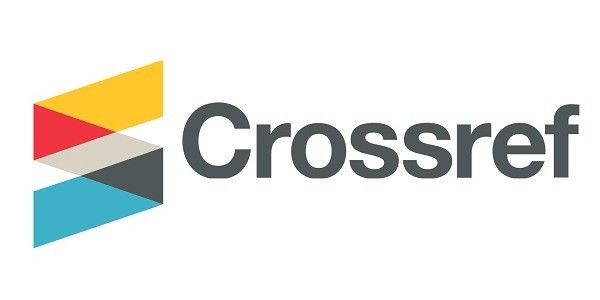

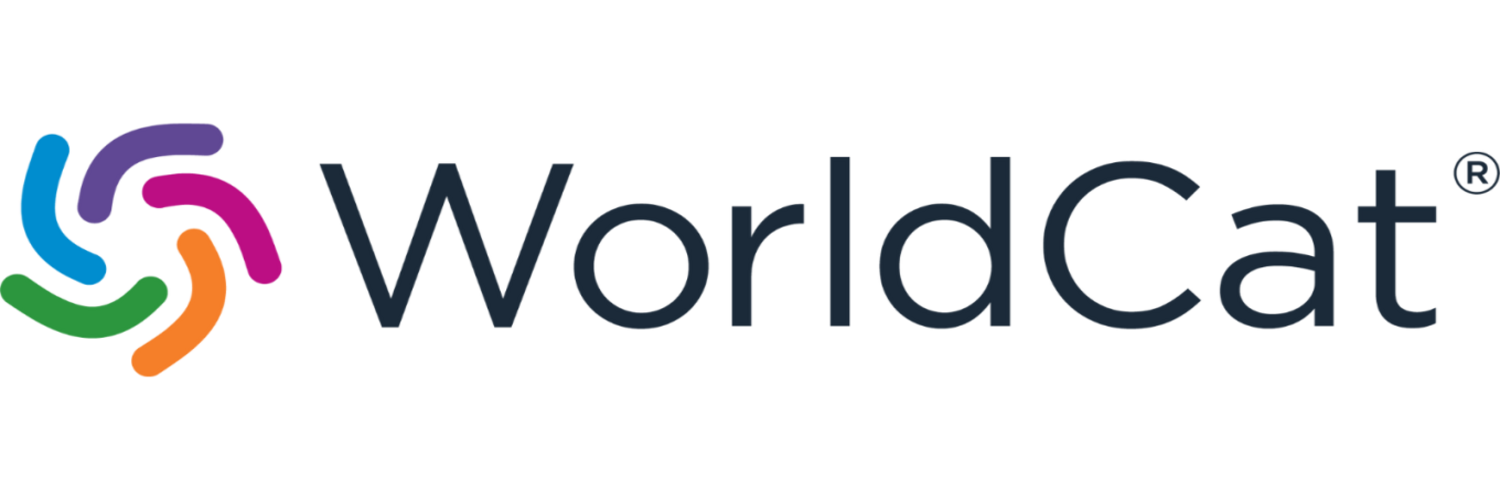
p (1).png)

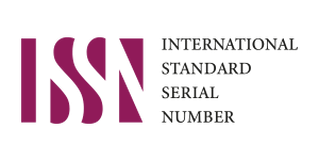
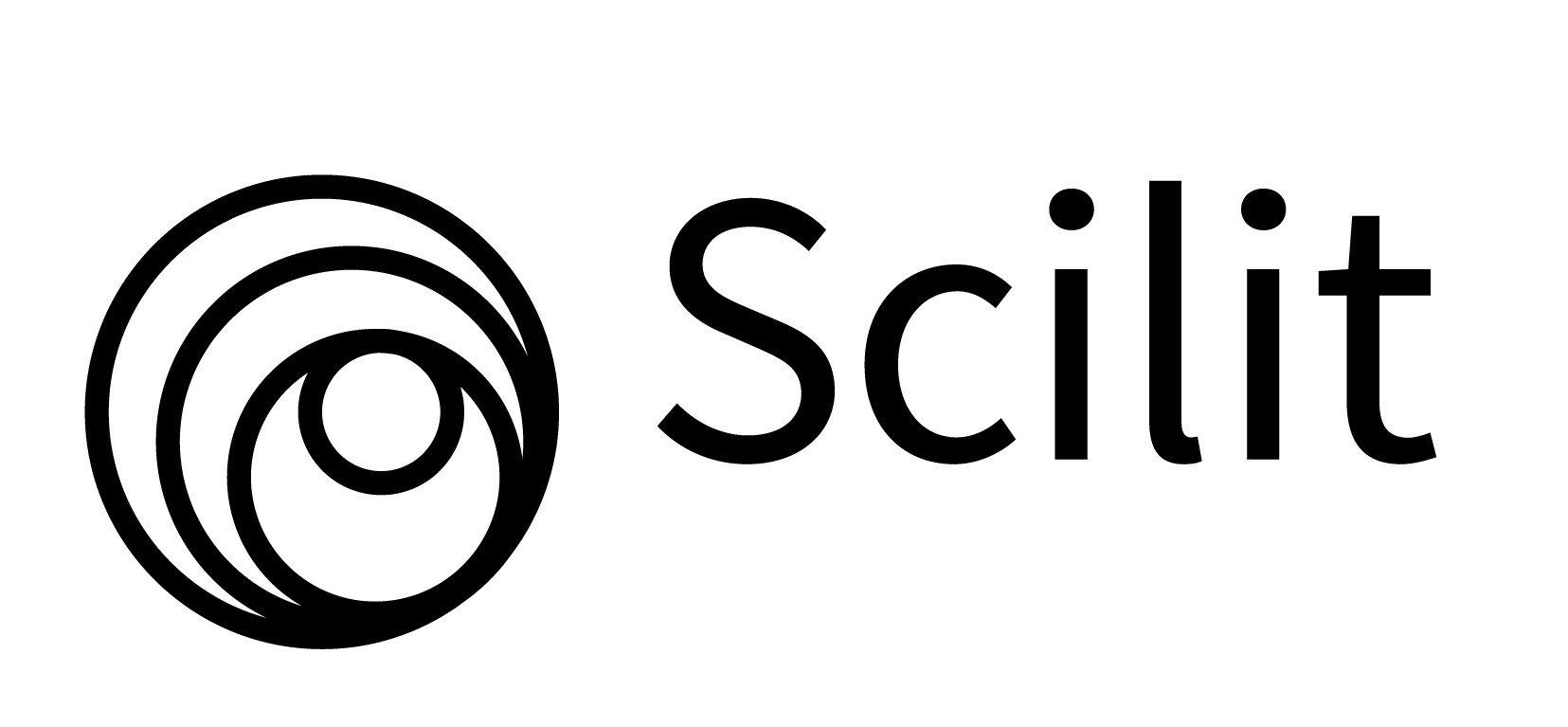
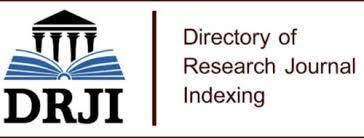
.png)




.png)
